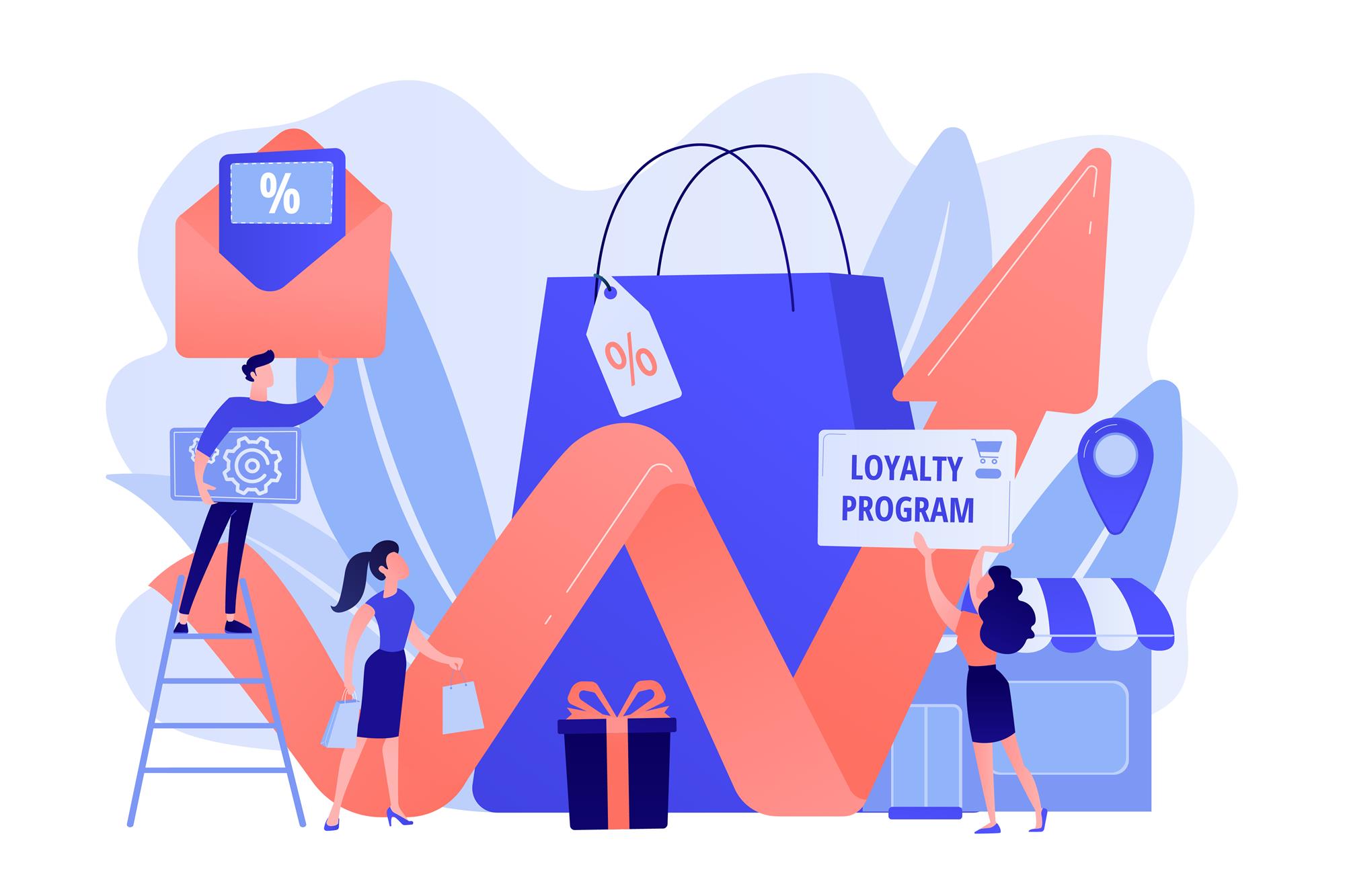By Mandeep S Lamba and Dipti Mohan
Loyalty programs are not new in the airline and hotel industries, dating back to early 1980s when American Airlines introduced AAdvantage, one of the world’s first travel loyalty programs. Hotel chains quickly jumped on board, with Holiday Inn and Marriott being credited with the first hotel loyalty programs in 1983. Since then, loyalty programs have not only been an effective marketing tool for increasing customer loyalty, but also for increasing repeat customers and revenue for hotels.
Loyalty program members account for three-fourths of hotel website bookings, according to research by Phocuswright. Meanwhile, as per a study conducted by Cornell University’s The Center for Hospitality Research, hotel loyalty programs accounted for a 57% increase in room revenue. Loyalty program members booked more than half of Marriott’s global room nights from 2019 to 2021. Not only that, but some US airlines, such as American Airlines, have valued their loyalty programs more than the company itself, allowing them to secure a loyalty-backed debt during the pandemic. As a result, loyalty programs have become one of the most effective tactics in a hotel operator’s marketing arsenal, helping them in differentiating themselves from the competition. To compete with the larger hotel chains, independent hotel alliances such as Global Hotel Alliance (GHA) and Preferred Hotels & Resorts have also launched their own multi-brand, shared loyalty programs.
Guest preferences, expectations, and behavior, as well as market dynamics, have changed dramatically over the years, prompting hotel companies to reconsider their loyalty programs. This has been especially true post the pandemic. To retain customers during the pandemic, most hotel companies, including Hilton and IHG, offered refundable cancellations, extensions for redeeming earned benefits, and lowered qualifying requirements. However, with even destinations such as the Maldives embracing loyalty and reward programs to capitalize on the pent-up demand, hotel companies need to modify and revamp their customer loyalty programs even further to remain relevant in the post-COVID era.
For starters, most of these programs are currently geared toward business travelers; however, with leisure travelers driving the recovery post-COVID, hotel companies must shift away from the traditional, transactional models of earning points that relied on the ‘spend more-earn more’ strategy. A more experience-based and guest-oriented approach, providing additional ways for members to earn and spend reward points rather than just free nights, is the need of the hour.
 Source: Freepik
Source: FreepikSome companies are already redesigning their loyalty programs to meet the changing consumer demands. For instance, Radisson allows members to purchase points, while others like Hyatt have tied up with financial institutions to offer co-branded cards. Meanwhile, some companies have gone a step further and partnered with retailers and lifestyle brands to allow their members to earn and redeem loyalty points beyond the travel experience. For example, Marriott has partnered with Uber, so that Marriott Bonvoy members can earn points on eligible Uber rides and Uber Eats orders in the US. The company also launched the Marriott Bonvoy Moments program, offering members exclusive access to world-class sporting events, concerts, and exhibitions. Accor is also pursuing a similar experience-based loyalty program.
In India, Taj’s InnerCircle program has been integrated into the newly launched Tata Neu platform, which currently houses several brands, including AirAsia India, IHCL, Qmin, BigBasket, Croma, Starbucks, and Tata CLiQ among others. This will give the InnerCircle members more ways to earn points as well as the ability to use their loyalty points in any way they want across the platform. A customer, for example, can use points earned on an AirAsia ticket purchase to pay bills on Tata CLiQ or even purchase a Taj holiday stay or vice versa. Meanwhile, this will help increase IHCL’s brand visibility amongst current and prospective customers. Furthermore, the company gains a 360-degree view of the member’s spending and purchasing habits outside of the core brand, allowing it to personalize experiences and offers, resulting in higher conversions, revenue, and brand loyalty. Other Tata group companies, such as Vistara, Air India, Tanishq, and Tata Motors, as well as external brands from other companies, are expected to join the platform in the future, creating a fully integrated loyalty program that could be a game-changer in the country’s loyalty program ecosystem.
Loyalty programs with unachievable reward tiers and free stays will soon be a thing of the past. Flexibility in earning and spending reward points, greater personalization, and instant rewards will become increasingly important in the future, particularly for millennial and Gen Z guests, necessitating a complete overhaul of hotel loyalty programs to meet their growing needs.

